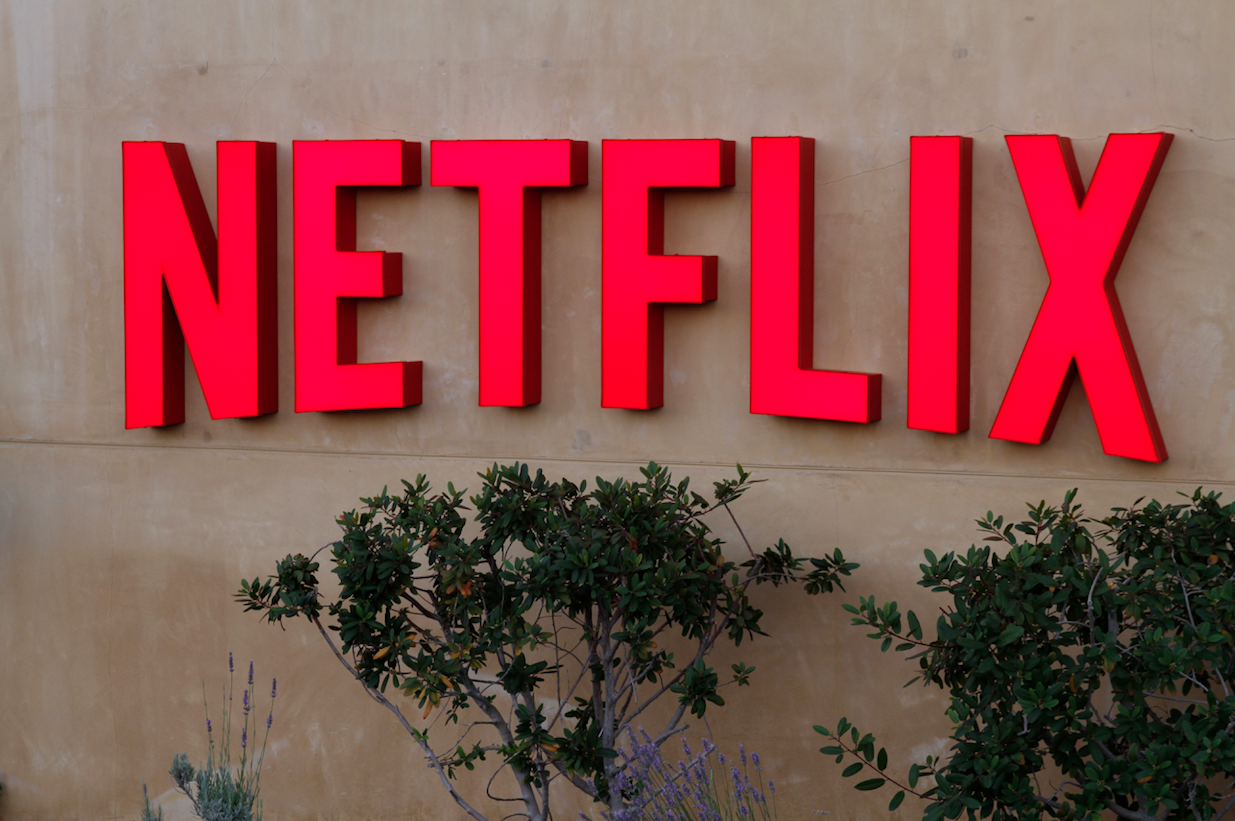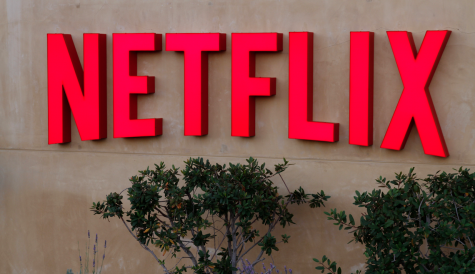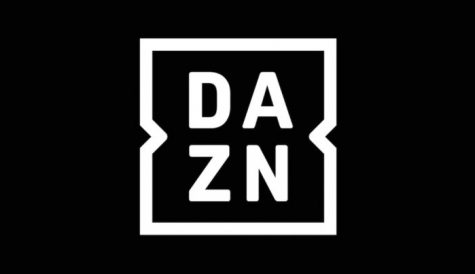Is the tide starting to turn for Netflix?
 In the deep sea of quarterly reports landing on desks this month, perhaps most eye-catching has been that of streaming behemoth Netflix.
In the deep sea of quarterly reports landing on desks this month, perhaps most eye-catching has been that of streaming behemoth Netflix.
The company, which has seen stumbles and obstacles since it emerged as the de facto SVOD leader just under a decade ago, has largely gone unchallenged at the top of the pile. However, this week it was announced that the company suffered a significant blow.
Not only did the streamer barely surpass half of its forecasted new subscribers achieved in Q2 (2.825 million of a projected five million), but it actually lost 126,000 US subscribers.
While it is Netflix’s first quarterly US subscriber dip since losing 360,000 subs in Q4 2011, it is only really a drop in the ocean. More specifically, it is 0.21% of a drop in the ocean of its roughly 60 million US subscribers.
Still, ‘Netflix loses subscribers for the first time since 2011’ makes for easy headlines, and sets off the naysayers who argue that this is the beginning of the end. If Q2 is indicative of a decline, it will be an incredibly slow one.
However, both lead stats aren’t necessarily indicative of a deterioration of interest in Netflix, but rather a pricing out.
In his investor’s note, CEO Reed Hastings acknowledged that the missed forecast was universal, “but slightly more so in regions with price increases”.
Subscription costs have quietly crept up over the past few years, most recently with a 20% hike in the UK. The most expensive option – which allows for streaming on up to four devices in Ultra HD – rose from £9.99 (€11.60) to £11.99 (€13.92).
Interestingly, Netflix also this week announced the launch of a lower-cost mobile plan in India, an offering that will be rolled out to other emerging markets.
Given the price increases in its more mature markets, it is reasonable to assert that with a higher cost, many current and prospective subscribers are likely to have re-evaluated Netflix’s value proposition. Evidently, this re-evaluation was damning enough that the offering was deemed surplus to requirements for 126,000 Americans.
And, given the current streaming climate, it is difficult to blame them. In a world where Disney is promising a premium service with high-quality original content and over 80 years of vital popular culture – ranging from The Simpsons to Star Wars – in a package costing only US$6.99 per month (US$9 cheaper than the equivalent Netflix offer), subscribers are right to re-assess.
This is without even mentioning the fact that Netflix’s library is going to shed thousands of hours of content in the coming months and years to WarnerMedia’s HBO Max, BritBox (which was announced for a Q4 2019 UK launch this week, again at a significantly cheaper price point) and the aforementioned Disney+.
I had previously speculated about what Netflix can do to allay the concerns of users and continue its growth, and Hastings’ note provided a greater insight into the viability of those proposals.
Firstly, he continued to toe the line that the company has no plans to move into selling ads.
Hastings said: “We, like HBO, are advertising free. That remains a deep part of our brand proposition; when you read speculation that we are moving into selling advertising, be confident that this is false. We believe we will have a more valuable business in the long term by staying out of competing for ad revenue and instead entirely focusing on competing for viewer satisfaction.”
Of course, nothing is 100% certain in business, but it seems as though it would take a significant change in philosophy or personnel in order for Netflix to entertain introducing a cheaper ad-supported model.
So, in taking advertising off the table and with much of the hit content like Friendsand The Officeleaving the platform, Netflix will be left in a precarious position of relying almost entirely on its own slate of original content as a selling point.
But this is quite a tricky state for the streamer to be in. Original programming has historically been a key feature of Netflix, but it has been primarily sold on its massive library of diverse content from a wide range of outlets.
Time will tell whether this will prove to be a viable strategy, but such a financially draining strategy of chasing hits is risky because it is impossible to predict whether a series or movie is going to be a success.
It is one thing for Netflix to pour hundreds of millions of dollars into a series like the upcoming The Witcher(Netflix’s attempt at creating its own Game of Thrones) when it is buoyed by Marvel, but without that life vest it is faced with the challenge of sink or swim.
While it seems almost hard to believe, Netflix is at a distinct disadvantage due to its relative infancy. As mentioned, Disney has a litany of franchises and properties at its disposal built up over decades, as does WarnerMedia and the same is true of ITV and the BBC, which have this week agreed the rollout of BritBox.
Netflix has created many iconic shows and movies since its first original – House of Cards – in 2013, but six years is a fraction of the amount of time that its competitors have been in the business.
And this is going on the assumption that the competition is just going to rely on the extensive back catalogue, which they won’t. All of the companies launching OTT platforms later this year have announced heavy investment in original programming.
Apple, while revealing very few details about Apple TV+, has almost entirely dedicated attention to its original shows with creators like Steven Spielberg and JJ Abrams, and stars such as Steve Carrell and Jason Momoa. While Apple is seemingly in the same boat, it undoubtedly has far more money than Netflix, and can afford to take a hit.
But for now Netflix finds itself in the calm before the storm, and it needs to make sure it is fully prepared for the coming months and years as the streaming wars take another turn.


